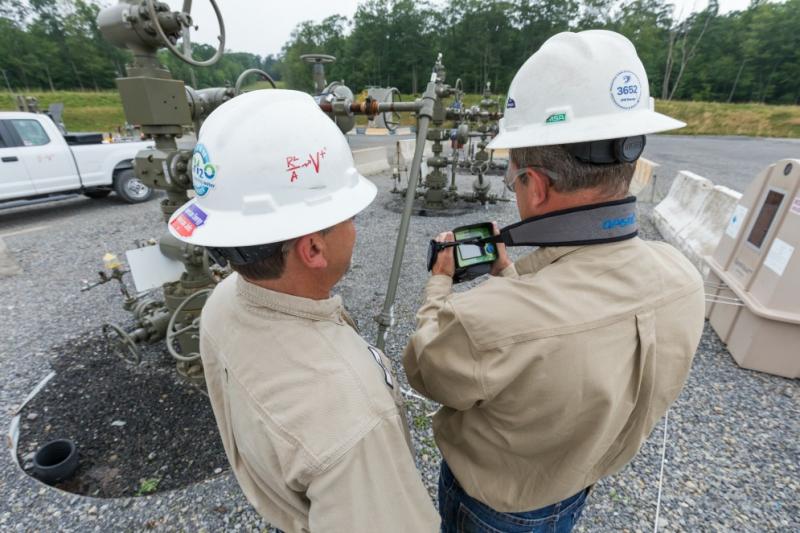The Biden Administration announced a draft regulatory framework this week that would bring methane reduction strategies many Pennsylvania operators already use under federal regulation.
“As methane is the very product Pennsylvania gas producers sell, it makes economic and environmental sense to ensure methane is safely and efficiently transported to market. We look forward to working through the regulatory process to arrive at a workable, predictable regulatory approach,” MSC president David Callahan said in the Pittsburgh Business Times.
The U.S. Environmental Protection Agency (EPA)’s proposed regulations seek to curb emissions from new and existing natural gas and oil infrastructure, targeting methane emissions from wells and pipeline leaks.
Coupled with the state’s GP5/5a permitting framework, Pennsylvania operators have been taking the lead for years in mitigating potential methane leaks through industry-leading best practices. Additionally, these GP5/5a air quality permits require regular leak detection and repair at well sites, compressor stations and processing plants, establishing a baseline standard for quickly identifying and fixing inadvertent and unwanted methane leaks.

Range Resources, for example, enhanced its leak detection program and decreased equipment leak emissions by more than 66% since 2019.
EQT Corp., another major player in Appalachia, began replacing all of its pneumatic valve devices – a move that targets 53% of EQT’s scope 1 emissions. Others, like Chesapeake and Southwestern Energy, are seeking independent certification of their environmental performance by installing onsite continuous emissions monitors across assets.
And Seneca Resources, which operates along Pennsylvania’s northern tier, has partnered with the Well Done Foundation to sponsor abandoned well plugging.
In the midstream space, MPLX initiated a “Focus on Methane” program targeting methane emissions on all gas processing facilities and gathering lines. Through innovative pipeline launcher and receiver station designs, leak detection and repair (LDAR) programs, among other initiatives, MPLX has a 50% methane intensity reduction target set for 2025 and are nearly half way to their goal.
It is because of this leadership in Appalachia that our region – despite being the largest producer – has among the lowest emission intensity of all major oil and natural gas basins in the country, according to researchers at Ceres and The Clean Air Task Force.
“Pennsylvania’s modern natural gas operators have a long-standing commitment to advancing best-in-class environmental performance, which has resulted in the lowest methane intensity of producing basins and has made Appalachia one of the world’s most environmentally responsible producing regions,” Callahan said.
It’s clear private sector-led commitments are hitting the mark. Specific to methane, U.S. methane emissions were 10% lower last year compared to their peak in 2005, the EPA reported in its annual 2020 Greenhouse Gas Inventory, even as U.S. production of natural gas has increased by nearly 100% over that same time frame.
And through smart investments in natural gas infrastructure – namely pipelines and export terminals – we have an opportunity to extend this regional progress to the rest of the world by connecting consumers here and abroad to the abundant, affordable, and clean natural gas produced right here in Pennsylvania.





